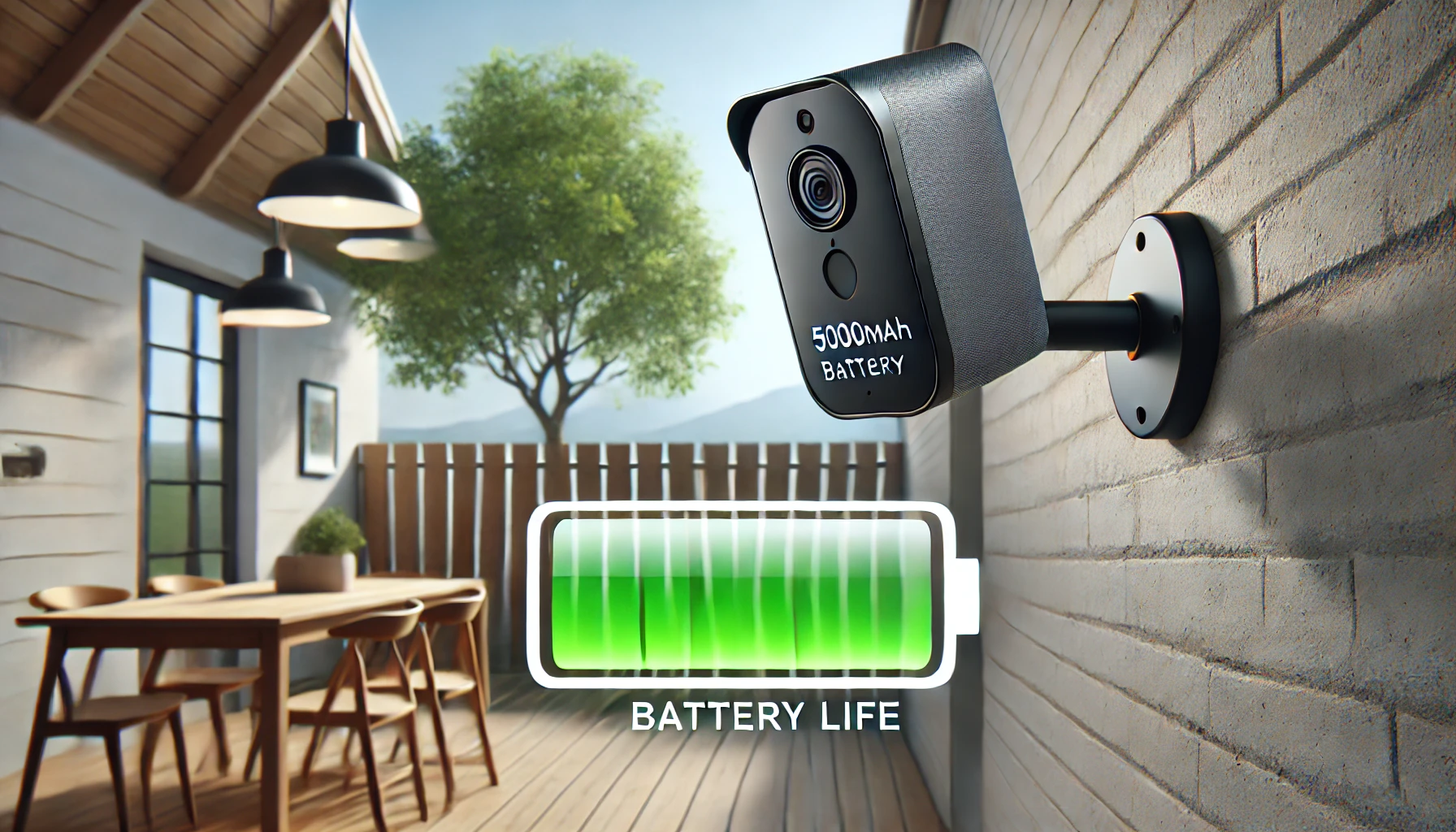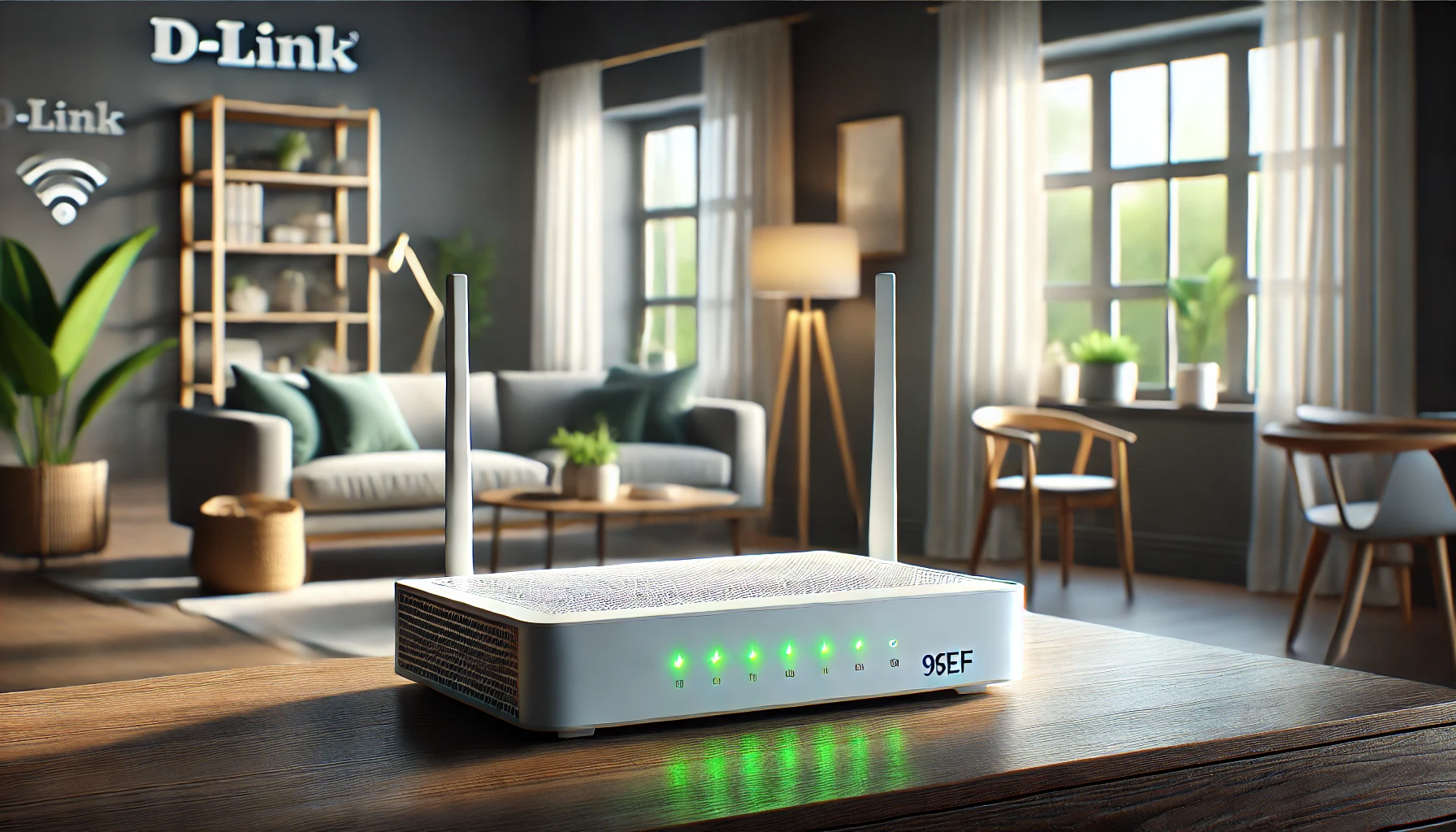Battery-powered security cameras, like the VicoHome 5000mAh model, are becoming increasingly popular for home and outdoor surveillance. Their portability and ease of installation make them ideal for areas without a continuous power supply. However, a key factor in choosing a battery-powered camera is understanding its battery life. With a 5000mAh capacity, the VicoHome camera offers solid battery performance, but its longevity can vary based on usage, environmental conditions, and other factors. In this article, we’ll explore How Long Does A Battery Camera Last Vicohome 5000mah under typical conditions and provide tips to help maximize its life for reliable, long-term surveillance.
Battery Capacity: Understanding 5000mAh
The capacity of a battery, measured in milliampere-hours (mAh), is a key indicator of how much energy it can store and deliver to a device over time. For the VicoHome security camera, a 5000mAh battery holds 5000 milliamps of energy that can be supplied continuously for one hour. A higher mAh rating indicates a larger capacity, which typically translates to longer battery life under similar usage conditions.
In practical terms, a 5000mAh battery is designed to power the VicoHome camera through multiple days or weeks on a single charge, depending on recording frequency, video resolution, and Wi-Fi usage. Understanding the capacity and how it relates to the camera’s power consumption is essential for users who want reliable, long-term surveillance without frequent recharging. This battery size balances high performance and compact size, making it ideal for battery-powered security solutions.
How Long Does A Battery Camera Last Vicohome 5000mah
The average battery life of the VicoHome 5000mAh camera depends heavily on usage patterns and environmental factors. Still, this camera lasts 1 to 3 months on a single charge under standard conditions. This range can vary widely based on the camera’s settings and usage frequency. For instance, if the camera records frequently due to high-motion activity, the battery life will decrease compared to a lower-traffic area where the camera is only triggered occasionally.
Factors That Affect Battery Life
The VicoHome 5000mAh camera’s battery life is influenced by several critical factors. Understanding these can help users optimize their settings and placement to extend the time between charges:
Recording Frequency
Every time the camera detects motion and begins recording, it draws power from the battery. Cameras placed in high-traffic areas or with high-sensitivity motion detection will activate more frequently, causing the battery to drain faster. Reducing the motion detection sensitivity or placing the camera in a low-traffic area can significantly extend battery life.
Video Resolution
High-resolution video requires more energy to process and store. The camera uses more power per recording when set to record in HD or higher. Lowering the resolution setting can help conserve battery life while providing adequate footage quality for most surveillance needs.
Wi-Fi Connection Stability
A weak or unstable Wi-Fi connection forces the camera to expend additional power to maintain a connection. Cameras in areas with poor Wi-Fi signals may experience faster battery drain as they continuously attempt to reconnect. Ensuring a strong Wi-Fi signal at the camera’s location can reduce this extra battery usage.
Night Vision and Infrared Usage
Infrared lights are crucial for night vision but consume significant power. Cameras placed in dark areas relying heavily on night vision may have shorter battery life. Adjusting the night vision settings, if feasible, or positioning the camera in an area with ambient lighting can help save battery.
Temperature and Weather Conditions
Extreme weather, particularly cold temperatures, can impact battery performance. Batteries generally drain faster in cold weather, leading to reduced operating time. The VicoHome 5000mAh camera’s battery may need more frequent charging in winter or particularly harsh conditions, while mild, stable temperatures can help it last longer.
App and Notification Settings
Frequent app notifications or live-streaming access can also reduce battery life, as every interaction with the camera requires power. Minimizing unnecessary notifications and reducing live view checks can conserve battery energy.
Tips to Maximize Battery Life for VicoHome Cameras
To get the most out of the VicoHome 5000mAh camera’s battery, there are several practical adjustments and maintenance practices that can help extend its life between charges:
- Adjust Motion Detection Sensitivity: Reducing motion sensitivity can prevent the camera from activating for every minor movement, saving power. Set the motion detection to a lower sensitivity or choose “human-only” detection if available, which can ignore pets and other non-human movements.
- Optimize Camera Placement: Place the camera in a low-traffic area or a location where it only needs to monitor a specific area. Avoid high-traffic spots like sidewalks or street-facing areas, as frequent motion detection and recording will drain the battery quickly.
- Lower Video Resolution: If high-definition video isn’t necessary, reduce the camera’s recording resolution. The standard definition uses significantly less power than HD or 4K, conserving battery without sacrificing essential surveillance coverage.
- Limit Live View and Notifications: Frequent live-view checks or push notifications can drain the battery faster. Limit notifications to important alerts and reduce live-view usage to check the camera only when necessary.
- Ensure a Strong Wi-Fi Signal: Position the camera within a stable Wi-Fi connection range. Cameras using more power to maintain a weak Wi-Fi signal will drain faster. Moving the Wi-Fi router closer or installing a Wi-Fi extender can help maintain signal strength.
- Use Scheduled Monitoring: Many cameras allow you to schedule recording times to focus on specific periods (e.g., only at night or during work hours). This reduces unnecessary battery use during times when monitoring may not be required.
- Minimize Infrared and Night Vision Usage: Night vision requires extra power, so placing the camera in areas with some ambient lighting can help reduce reliance on infrared. You can also consider reducing the night vision range or limiting its activation during certain hours.
- Keep the Firmware Updated: Regularly update the camera’s firmware, as manufacturers often release updates that improve power efficiency and fix bugs that might drain battery life.
- Monitor Temperature Conditions: Batteries tend to drain faster in extreme temperatures, especially cold weather. If possible, place the camera in a covered area or use insulation to help it maintain optimal battery temperature in colder climates.
- Regularly Clean the Camera: Dust and debris on the camera lens or sensor can interfere with motion detection, causing false triggers. Keeping the camera clean helps ensure efficient operation and reduces unnecessary power usage.
How to Charge and Maintain the Battery
To ensure the VicoHome 5000mAh camera operates smoothly and achieves optimal battery lifespan, it’s important to follow correct charging practices and regular maintenance. Here are key steps for charging and maintaining your camera’s battery:
- Charging the Battery
- Use the Recommended Charger: To avoid damaging the battery, always use the charger or charging cable provided by VicoHome or one with compatible specifications.
- Charge Fully Before Use: When using the camera for the first time or after a long period of inactivity, fully charge the battery to ensure maximum capacity.
- Charging Time: A 5000mAh battery generally takes a few hours to fully charge. To avoid overcharging, remove the camera from the charger once it reaches 100%, which can help prolong battery health.
- Monitor Charge Cycles: Batteries have limited charge cycles before performance declines. Avoid frequent charging by optimizing battery usage (refer to the tips above) to reduce the number of recharges needed.
- Regular Maintenance for Battery Longevity
- Avoid Extreme Temperatures: High or low temperatures can negatively affect battery performance. If possible, avoid charging the camera in direct sunlight or freezing conditions.
- Clean the Charging Port: Dust and debris can accumulate in the charging port, affecting charging efficiency. Use a soft, dry cloth to clean the port gently as needed, ensuring a secure connection.
- Store Properly When Not in Use: If the camera won’t be used for an extended period, charge the battery to around 50% before storing it in a cool, dry place. Avoid storing it at full charge, as this can stress the battery over time.
- Monitor Battery Health
- Check Battery Status Regularly: Most smart cameras provide a battery level indicator. Regularly checking the battery status can help you identify any issues early on.
- Update Firmware: Firmware updates can improve battery management by optimizing energy use and fixing potential issues that drain the battery faster.
- Replace the Battery When Needed
- Over time, the battery may lose capacity due to natural degradation. If you notice a significant decrease in battery life even with proper maintenance, consider consulting VicoHome support or replacing the battery if it’s designed to be user-replaceable.
Comparing VicoHome 5000mAh with Competitors
| Feature | VicoHome 5000mAh | Arlo Ultra (6000mAh) | Ring Stick Up Cam (5200mAh) | EufyCam 2 (13400mAh) |
| Battery Capacity | 5000mAh | 6000mAh | 5200mAh | 13400mAh |
| Battery Life | 1-3 months (average use) | 3-6 months (average use) | 2-3 months (average use) | Up to 1 year |
| Resolution | 1080p HD | 4K Ultra HD | 1080p HD | 1080p HD |
| Night Vision | Yes, infrared | Yes, advanced color night vision | Yes, infrared | Yes, infrared |
| Motion Detection | Adjustable sensitivity, human detection | Advanced AI detection | Adjustable sensitivity | AI-enhanced motion detection |
| Charging Options | Standard USB charging | Rechargeable battery with charger | Quick-swap battery pack | USB charging, solar panel compatibility |
| Weather Resistance | Yes, IP65 | Yes, IP65 | Yes, weather-resistant | Yes, IP67 |
| Wi-Fi Compatibility | 2.4 GHz | 2.4 & 5 GHz | 2.4 GHz | 2.4 GHz |
| Price Range | Mid-range | High-end | Mid-range | High-end |
| Unique Feature | Compact design, user-friendly | 4K recording, wide-angle view | Interchangeable battery packs | Extended battery life, AI detection |
FAQs
Why Is My Vicohome Camera Not Charging?
Your VicoHome camera may not charge due to a faulty charging cable/adapter or debris in the charging port blocking the connection. Ensure you’re using the original charger and clean the port carefully.
Do Rechargeable Camera Batteries Go Bad?
Rechargeable camera batteries can go bad over time due to natural wear from charge cycles, improper charging practices, or exposure to extreme temperatures. Most batteries lose capacity after 300-500 cycles or a few years of regular use.
How long does it take to charge a Vicohome camera?
Depending on the battery’s initial charge level and charging conditions, it typically takes 4-6 hours to fully charge a VicoHome camera using the provided charger.
How do I know my VicoHome camera is charging?
You can confirm your VicoHome camera is charging by checking the LED indicator light. When connected to a power source, the light typically turns red during charging and changes to green (or turns off) once fully charged.
Conclusion
The VicoHome 5000mAh camera is a reliable, battery-powered security solution that offers flexibility and convenience for home surveillance. While its battery life depends on usage patterns and environmental factors, proper maintenance and optimization can significantly enhance its performance. Users can ensure uninterrupted operation and long-term efficiency by understanding its features, addressing charging issues, and implementing strategies to conserve battery life. For those seeking a balance of portability, ease of use, and solid battery capacity, the VicoHome camera remains an excellent choice in the competitive security camera market.




One thought on “How Long Does A Battery Camera Last Vicohome 5000mah”